Table of Contents
A high-quality camera goes far in the field of astrophotography. But arguably, having the best lenses for Astrophotography can be the most crucial thing to do right. When shooting astrophotography, you need to have large, wide, and expansive views of night skies, and to do that, you will require the perfect lens.
Astrophotography is about light, and you need to buy the best lenses for Astrophotography. That is the need to ensure you have enough. As well as ensuring you have a vast field of view to take pictures of the night skies, You should also ensure that you’ve got an optic with a large aperture. You can read out a complete guide to the best lens for night sky photography.
10 Best Lenses For Astrophotography In The Market
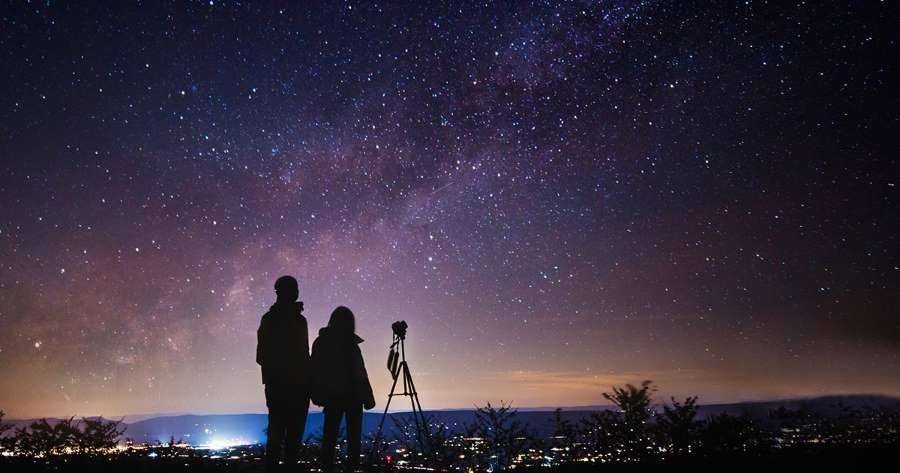
Rokinon 14mm F 2.8 Ultra Wide Lens
This lens by Rokinon was designed specifically with astrophotography and landscape photography in mind. The ultra-wide lens and an incredible aperture range make it an extremely versatile piece of equipment that can utilize for a range of settings. If you’re shooting at night, the higher aperture allows more light. Additionally, it’s specifically designed to reduce noise by reducing the curve light travels.
- Mounts are available that come from Canon, Sony, Nikon, Fujifilm, and Olympus
- Ultra wide-angle lens
- 14mm focal length
- Minimum focusing distance: 0.9 feet
- Range of aperture: F2.8 to F22
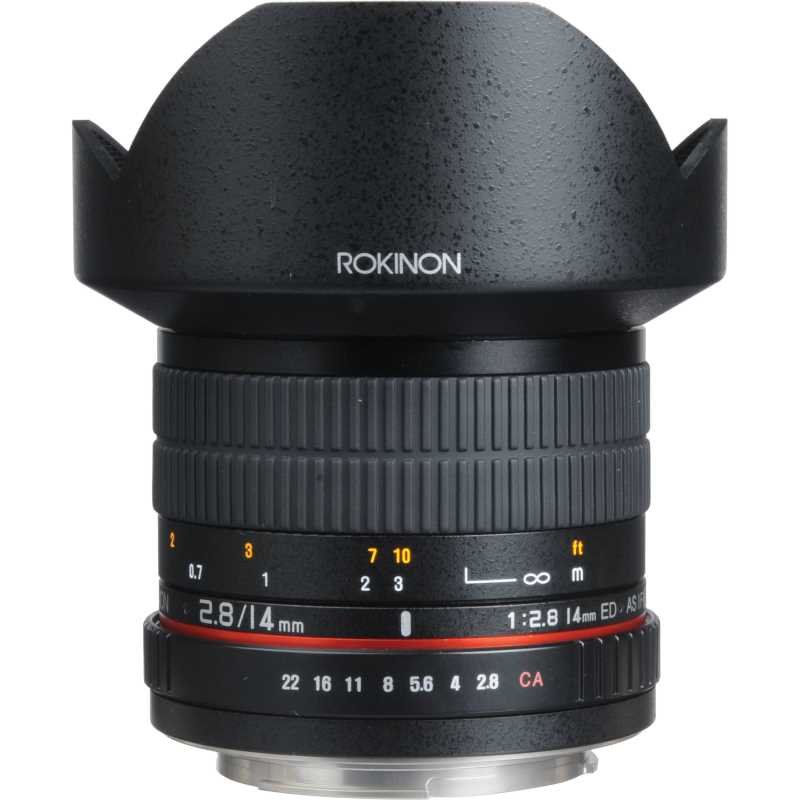
Tokina 11-16mm F/2.8 Lens
It is the Tokina Len that is built for clarity. Before light can even reach the camera’s sensor, it has to pass through two aspherical lenses and two lenses with low dispersion. These layers assist in keeping the light focussed and minimize the cloudiness that occurs when you shoot astrophotography. Although they aren’t likely to be utilized when shooting at night and best lenses for astrophotography. The additional benefits make them ideal for landscape photography.
- Nikon mount, available for Canon
- Created for ASPS-C camera sensors.
- Focal length from 11mm to 16mm
- The aperture range is F2.8 to F22
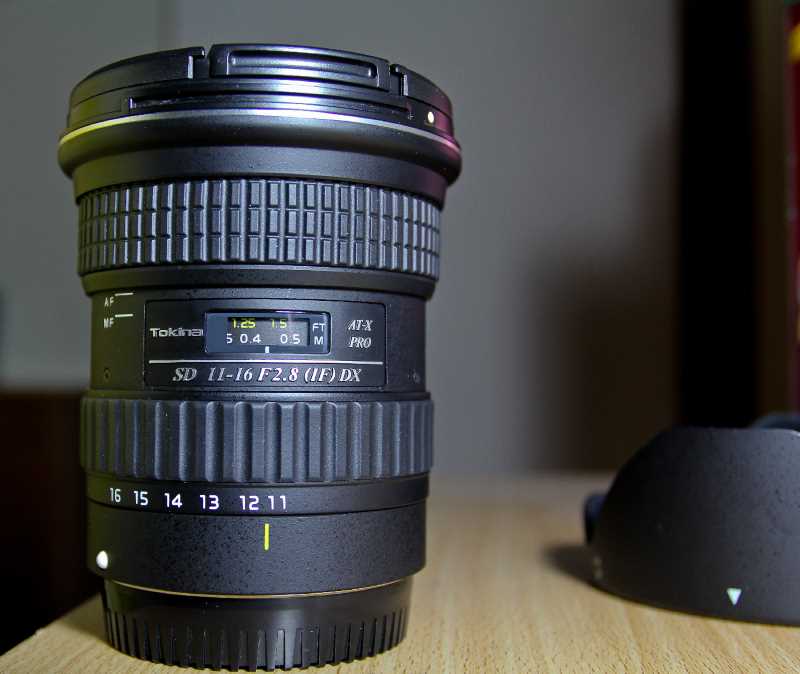
Sigma 35mm F 1.4 Lens
This lens features an extremely rapid and fast aperture system. The fastest aperture you can select is F1.4 and it is best lens for star photography. In addition to the fast speeds, the aperture is bigger than the standard equipment you’ll get within your equipment. These two components help decrease noise significantly. Cameras rapidly release light and then capture the stars before any star trailing happens.
- Mounts are available made by Canon, Nikon, Sony E
- It works with full-frame and APSC cameras.
- Internal focus system
- Focal length 35mm minimum
- Range of aperture: F1.4 to F16
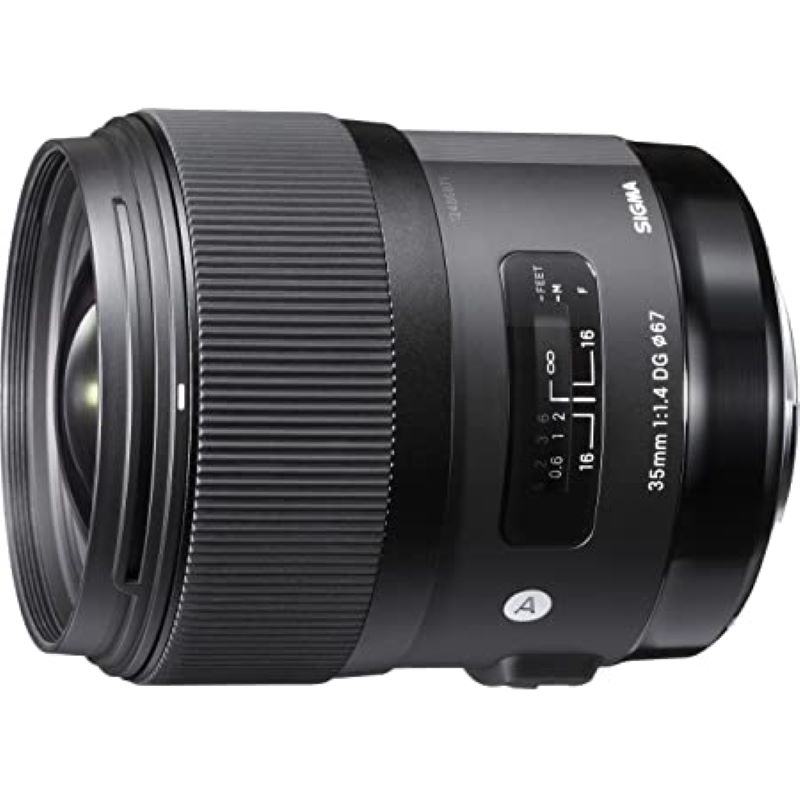
Canon RF 15-35mm F2.8L IS USM
Canon is expanding its RF-Mount lenses. However, there’s no professional ultra-wide-angle lens with a wide-aperture fixed focal lens. The 15 to 35mm F2.8L Wide-Angle Zoom Lens is large enough to be a good option for astrophotography.
It’s got L-Series robustness for nighttime adventure, a 5-stop image stabilizer, a silent Nano USM autofocus motor, and an 82mm filter thread. Therefore, this lens can be used for landscape photography or other applications in which filters are needed. With a sophisticated optical design with 16 elements split into twelve groups, it’s bound to be a reliable lens for those who love wide angles.
- RF-Mount lenses
- 15 to 35mm F2.8L Wide-Angle Zoom Lens
- 82mm filter thread
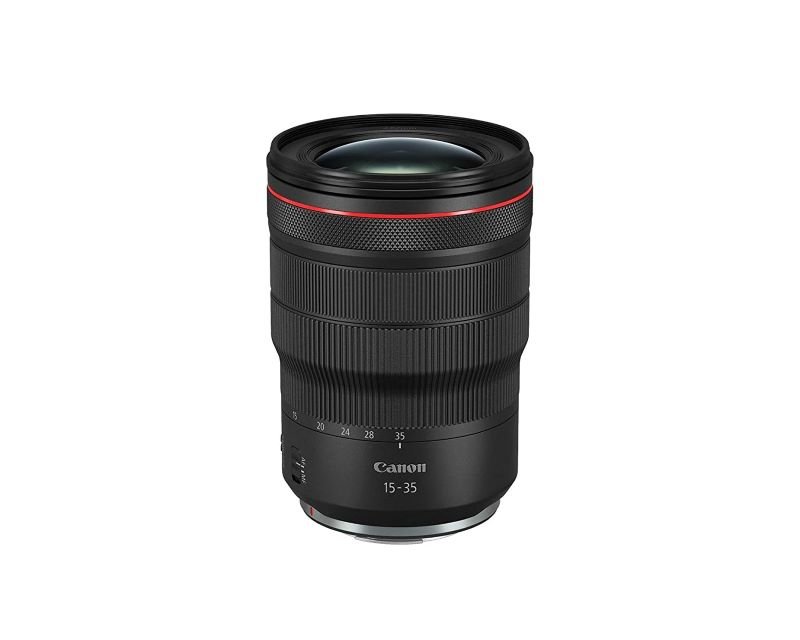
Sony FE 12-24mm F2.8 GM
Fully-frame Sony mirrorless cameras have the wide-angle, wide-aperture lens of all lens mounts. You could pick the best Sony FE lens from the 12-24mm f/2.8, 14mm f/1.8, 16-35mm f/2.8, and the 12-24mm f/4, which are best lenses for astrophotography. But we chose the 12-24mm F2.8 GM lens as the most versatile, though it is the most expensive choice. It might cost twice the cost of the F4 version.
It is compatible with cameras like the Sony A7 IV, which features in our top cameras for astrophotography guides. If you are looking for a focal length, consider the Sony FE 14mm f/1.8 as an all-around better choice.
- An aperture of f/2.8 to F/22
- 847g
- 17 elements of 14 groups
- Sony FE mount
- PS2,900 RRP
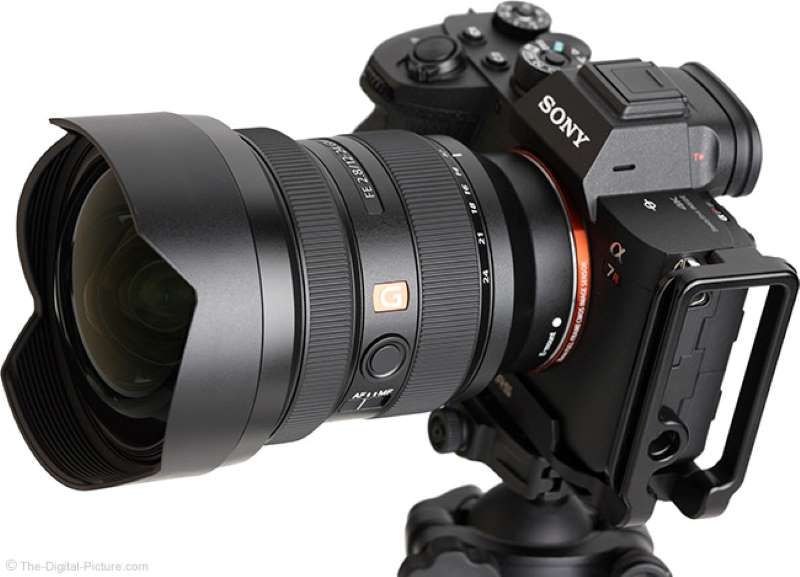
Pentax-D FA HD 15-30mm F2.8 ED SDM WR
You’re not very spoilt for choices regarding Pentax wide-angle lenses. That is unfortunate because these cameras can do night photography well. You need one lens to do what you need, and the Pentax 15-30mm F2.8 is a great option. It’s a small lens that weighs just under 1kg and best lens for Astrophotography. It doesn’t have a filter thread. It is weatherproof and a great match for tough cameras like Pentax K-1. Pentax K-1 and its replacement, the K-1 II.
The lens consists of 18 elements divided into 13 groupings, and customers can experience sharpness that is even and high from center to edges when using an aperture of f/2.8 aperture. One thing that can create confusion for Pentax shooters who struggle in the dark trying to concentrate the 15-30mm lens manually. It is focused in the reverse direction of the different Pentax lenses.
- The aperture range is f/2.8 to F/22
- 1040g
- Weather-resistant
- 23-45mm crop in APS C crop mode
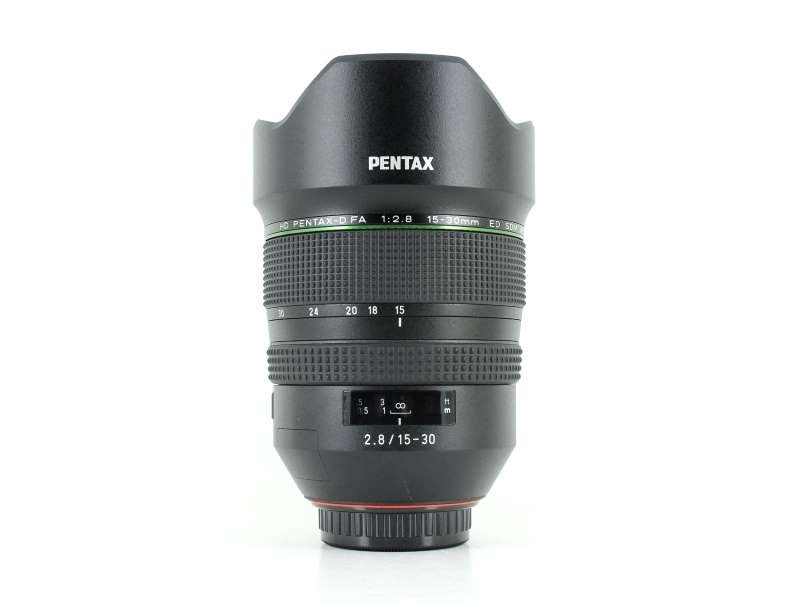
Fujinon XF 8-16mm F/2.8 R LM WR
It is not just the Fujifilm XF 8-16mm f/2.8 lens, the most wide-angle X-mount lens on the market, a zoom lens with f/2.8 continuous maximum aperture. The equivalent focal length is 12-24mm. It is perfect for photographers who shoot astrophotography and the weatherproof design identified in”WR”.
Regarding an XF lens, 805g is the heavier side. It could be due to the complicated lens structure that includes 20 elements spread across 13 groups. The absence of a filter thread can be a hassle for photographers of landscapes.
- Equivalent to 12-24mm focal length
- An aperture of f/2.8 to F/22
- 805g
- No filter thread
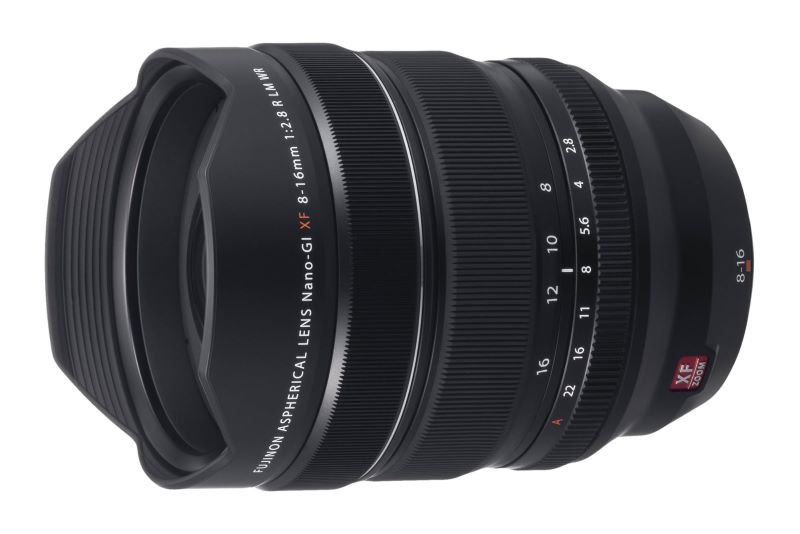
Canon EF-M – Weitwinkelobjektiv
This lightweight gear is among Canon’s official camera lenses. It’s a 22mm focal length with an angled design. The camera’s slim profile lets you get a wide panorama of night skies without additional weight. The fast aperture speed of F2.0 will ensure that your final composition is less noisy and has better clarity than you’d see with a stock lens. It is one of the best lens for Astrophotography.
- 22m lens
- Maximum aperture rate: F2.0
- Wide-angle
- STM focus
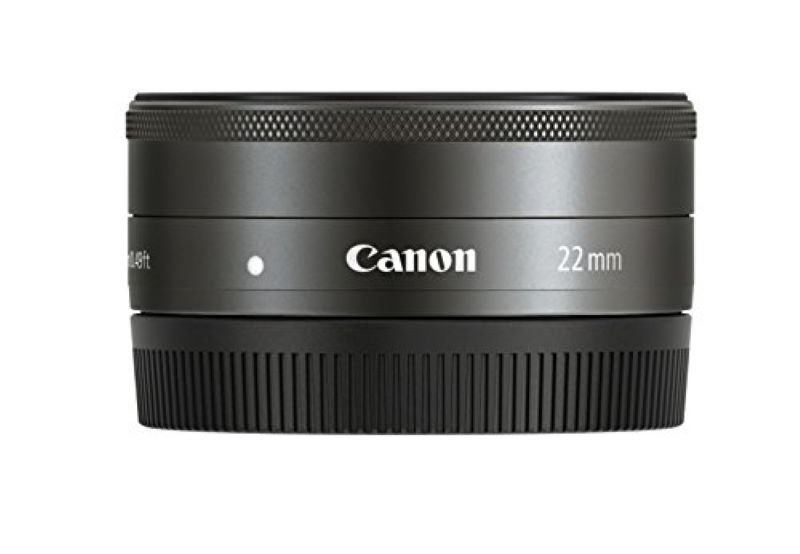
Nikon AF-S NIKKOR 14mm-24mm F 2.8 Lens
This Nikkor lens by Nikon provides exceptional clarity. Milky Way photography has never been more straightforward due to its fast and large aperture. With a short focal length of 14mm and two low-dispersion elements in the lens, light is controlled when it travels to the camera’s sensor. It is impervious to dust and moisture and dust, but the lenses are coated to stop ghosting or flaring.
- The length of the focal point is 14mm. 24mm
- The aperture range is F2.8 – F22
- Low-dispersion elements
- Nano Crystal coating
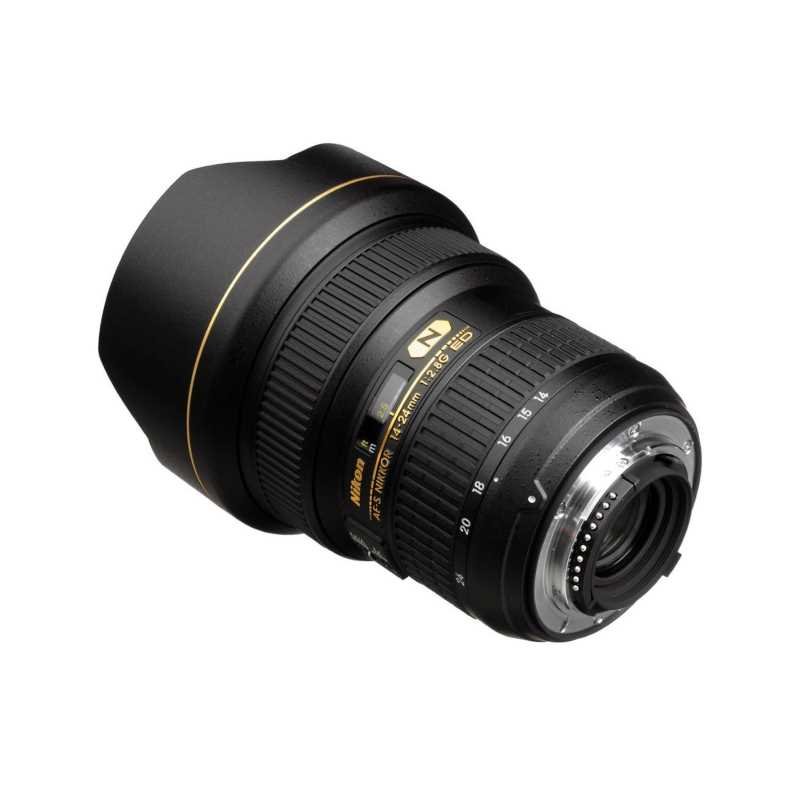
JINTU 420-1600mm 800mm F/8.3 Manual Zoom Telephoto Lens
The Telephoto Zoom lens made by JINTU is among the items in this listing. It creates sharp images of high quality along with a lens bag and caps that protect. We discovered that the lens with manual focus functions best in m-mode when the shutter button is switched off. The push-pull zoom with a built-in locking mechanism, tripod, and a leather case is also included. It works with a variety of Canon Digital SLR cameras. Using this lens, we captured one of the most beautiful images I’ve seen of the nebula called Orion.
- Create Sharp High, Quality Images
- With Lens Pouch and Protective Caps
- Housing made of aluminum alloy
- Ultra-high-definition multi-layer optical components
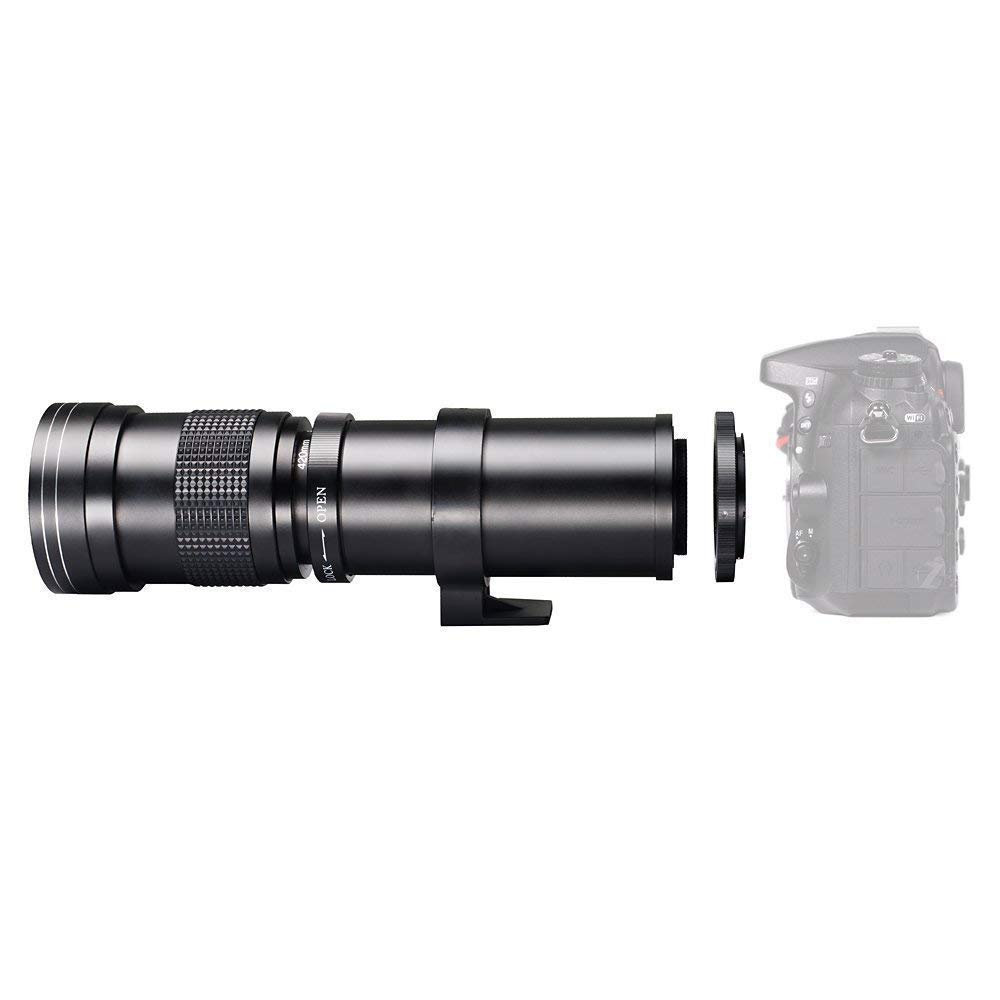
Also Read: Top 10 DSLR Cameras For Wildlife Photography

